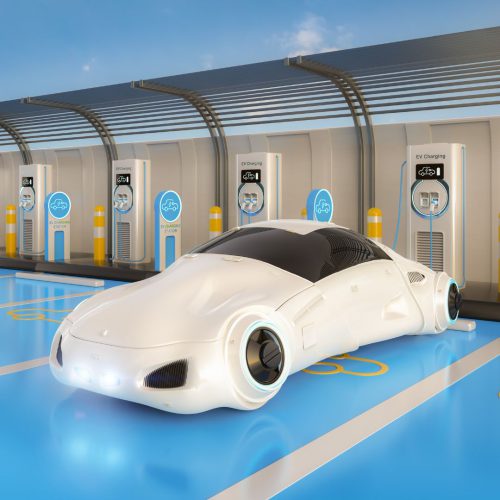Understanding the Remaining Obstacles in EV Sales
EV Retailing Challenges for Dealers
Challenges in Retailing EVs. Retailing used electric vehicles (EVs) should be straightforward for dealerships, especially with recent data from iSeeCars revealing a 15.1% drop in used EV prices over the past year. This trend could make these vehicles more attractive in dealer inventories.
Improving Dealer Sentiment, Yet Concerns Persist
Cox Automotive’s survey shows an improvement in dealer sentiment regarding EV sales compared to the previous quarter and year. However, the sentiment score of 47 indicates that many dealers still feel EV sales are worse than they were a year ago. Franchised dealers scored 51, up from 43 last year, marking their highest score since Q3 2023. Independent dealers, while seeing some improvements, scored 45, showing that most still believe sales are down compared to the previous year.
Optimistic Expectations, But Market Concerns
While expectations for the electric vehicle market grew in Q1, Cox Automotive found that dealers are still skeptical. With a score of 40, the index shows that most dealers anticipate a decline in the electric vehicle market over the next three months. Despite this, dealers continue to view the electric vehicle tax credit positively, as it benefits both dealerships and sales, although scores have slightly decreased from last quarter.
Charging Costs and the Impact on EV Adoption
LendingTree’s latest research highlights the growing significance of charging costs. Their data reveals a stark contrast in pricing between home and public charging, with home charging averaging 16.3 cents per kWh and public stations charging as high as 34.2 cents per kWh. This discrepancy varies greatly by state, with some states like Hawaii seeing prices as high as 55.8 cents per kWh, while others like Kansas have much lower rates.
State-by-State Charging Cost Disparities
The research by LendingTree identifies the most and least expensive states for both public and home charging. For public charging, Hawaii, West Virginia, and Montana are the most expensive, while Kansas, Nebraska, and Missouri have some of the lowest rates. When it comes to home charging, Hawaii, Massachusetts, and California are the priciest, with North Dakota, Nebraska, and Utah offering the most affordable options.
Significant Gap Between Public and Home Charging Costs
LendingTree’s data also shows that public charging can be significantly more expensive than home charging. For instance, in Idaho, public charging costs 288.2% more than home charging, followed by Montana and Arkansas with similar disparities. On the other hand, Massachusetts, California, and Hawaii have much smaller gaps between public and home charging costs.
The Need for Accessible Residential Charging Infrastructure
LendingTree’s chief consumer finance analyst, Matt Schulz, emphasized the importance of understanding charging costs. He noted that while the initial cost of an electric vehicle is higher, long-term savings, particularly in fueling and maintenance, are substantial. The research highlights that home charging remains the most cost-effective solution for EV owners, underscoring the need for better residential charging infrastructure.

